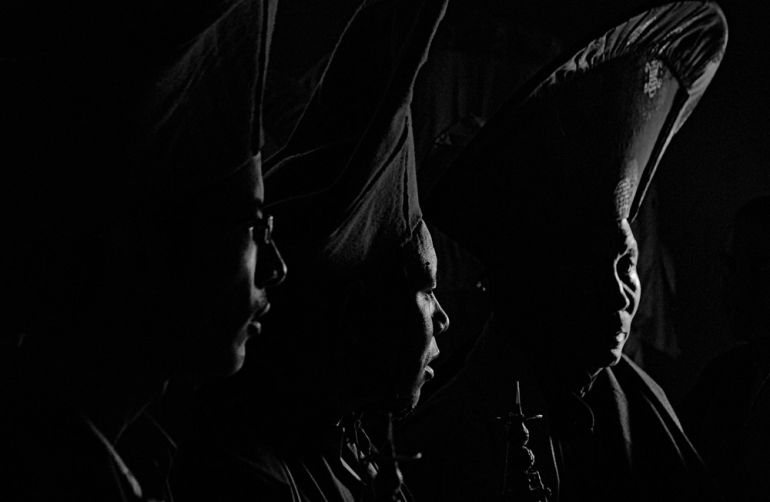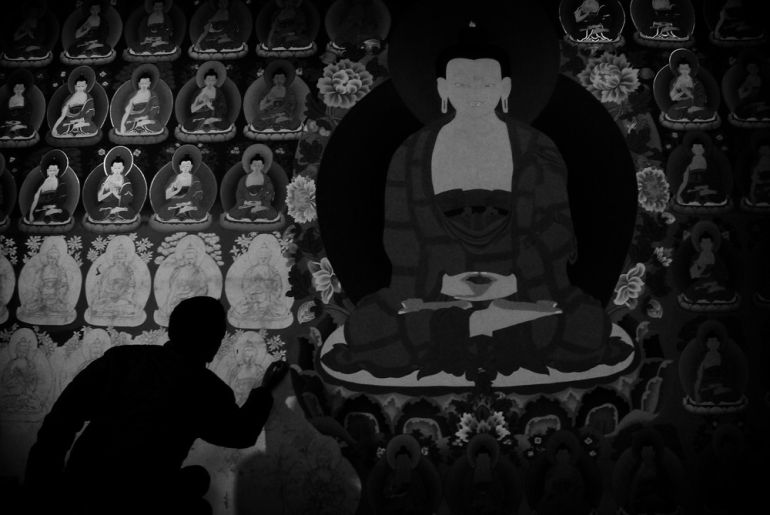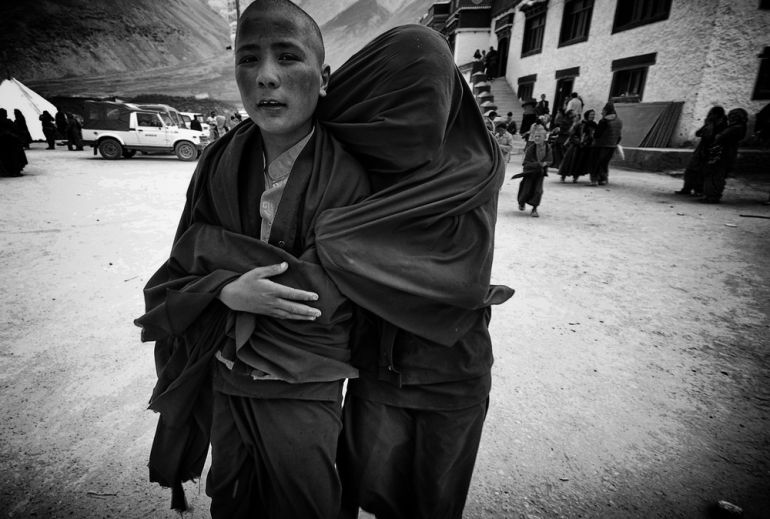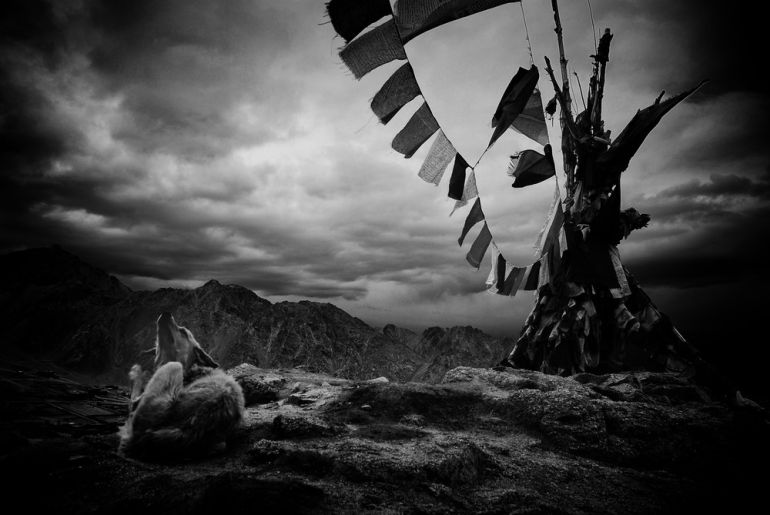In Pictures
Ladakh: Life on India’s northern frontiers
The mountainous region, bordered by Pakistan and China, is one of the last remaining homes of South Asian Buddhism.
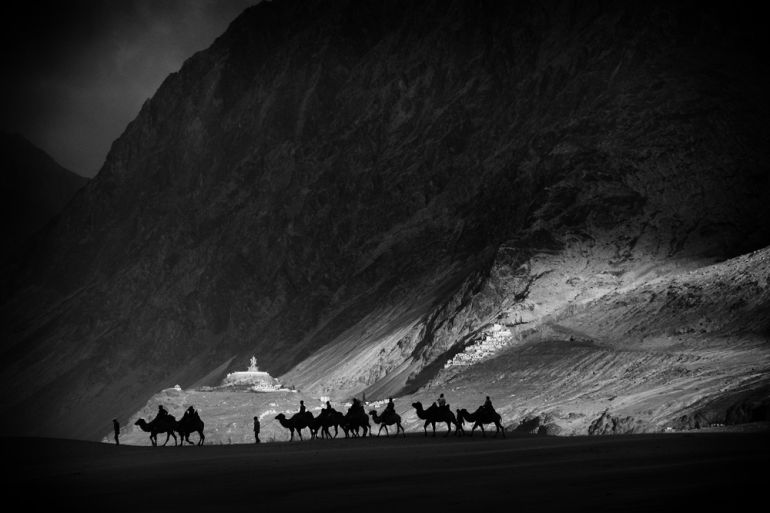
Ladakh, nestled in the northernmost realms of India between the Kunlun and Himalaya mountain ranges, is one of the last remaining strongholds of Buddhism in South Asia.
While most Ladakhis practice Tibetan Buddhism, a minority of Shia Muslims also live in the region. Although Ladakh is administratively part of India’s state of Jammu and Kashmir, Ladakh is culturally and religiously separate, leading some to call for it to be an entirely separate territory.
Buddhism has been practiced in Ladakh for almost two millenia. Many Tibetan refugees who fled Chinese persecution have made neighbouring Ladakh their home, reinforcing the predominantly Buddhist traditions in the region.
India claims the disputed region of Aksai Chin to be a part of Ladakh, though it is de facto administered by China as part of the Xinjiang Automomous Region. The region has been in the news in recent months after reports that Chinese soldiers made an incursion into the disputed border area.
